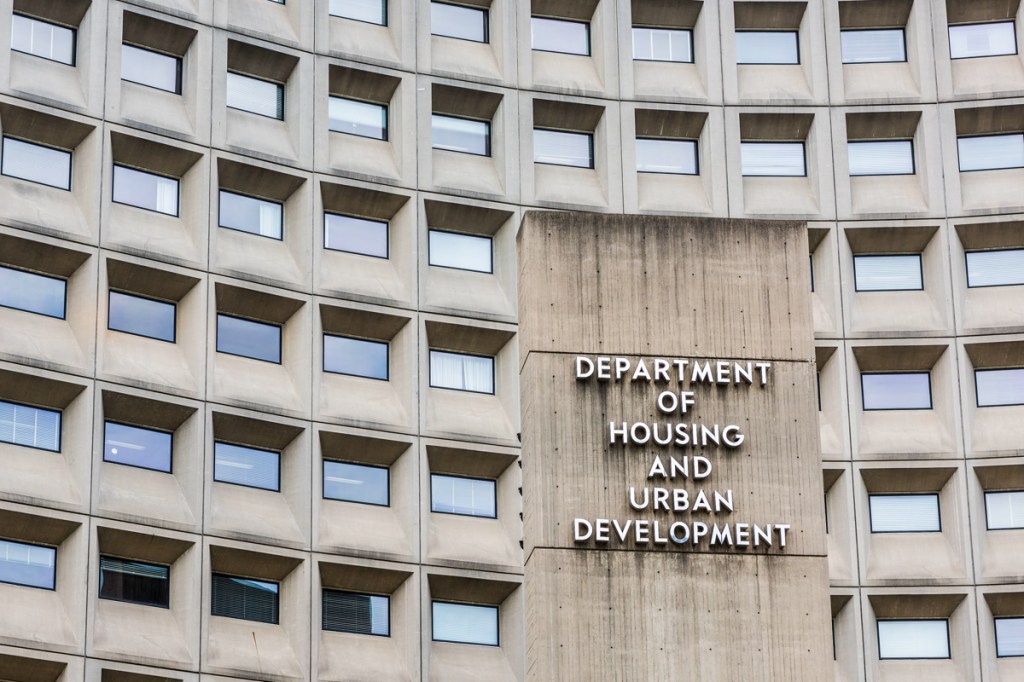The Department of Housing and Urban Development said it was resuming in-person inspections of public housing units, though families concerned about the spread of COVID-19 can decline to have a HUD worker in their home.
The so-called REAC inspections, which stands for Real Estate Assessment Center, are aimed at ensuring HUD properties like rental housing for low-income families, the elderly, and persons with disabilities “meet federal standards of health, safety, and accessibility,” HUD said. REAC visits were paused in March when COVID-19 began spreading in the U.S.
The REAC program will prioritize inspections based on COVID-19 data from Johns Hopkins University and health risk scoring methodology from the Harvard Global Health Institute, HUD said in a statement.
In a “heat map” on the REAC website, states such as Florida, Texas, Arizona and Nevada are portrayed in red, meaning they and six other states have a “high” risk with 25 or more new cases per 100,000 people a day.
Vermont is the only U.S. state that the map shows as green, meaning the state has fewer than 1 new case a day per 100,000 people. States such as New York, New Jersey, Pennsylvania, Massachusetts, Michigan and Colorado are shown in yellow, meaning they are considered to have “moderate” risk with between 1 and 10 new cases a day per 100,000 people.
States including California, Virginia, Ohio, Kentucky, Washington and New Mexico are shown in orange, meaning the risk is “moderately high,” with between 10 and 25 new cases a day per 100,000 people.
“I believe we have found a solution to continue this important function while keeping staff, residents, and inspectors healthy,” said HUD Assistant Secretary for Public and Indian Housing Hunter Kurtz.
The Centers for Disease Control and Prevention has recommended that people refrain from having strangers inside their homes to prevent the spread of the virus. The World Health Organization and the CDC have said the virus can be transmitted through small particles that travel on a person’s breath, as well as through surface contamination.
HUD said the inspectors will use “strict safety protocols,” without specifying what that will entail. One of the challenges of the COVID-19 pandemic is the asymptomatic spread, meaning people who look and feel healthy may be spreading the virus.
Tenants concerned about the spread of the virus can refuse to have a HUD worker in their unit, a HUD spokesperson said in an email, responding to a HousingWire inquiry.
Families “can notify the public housing agency or the owner/agent that they do not want an inspector in their unit,” the spokesperson said. “We have alternate unit selections and this is part of our protocol.”







